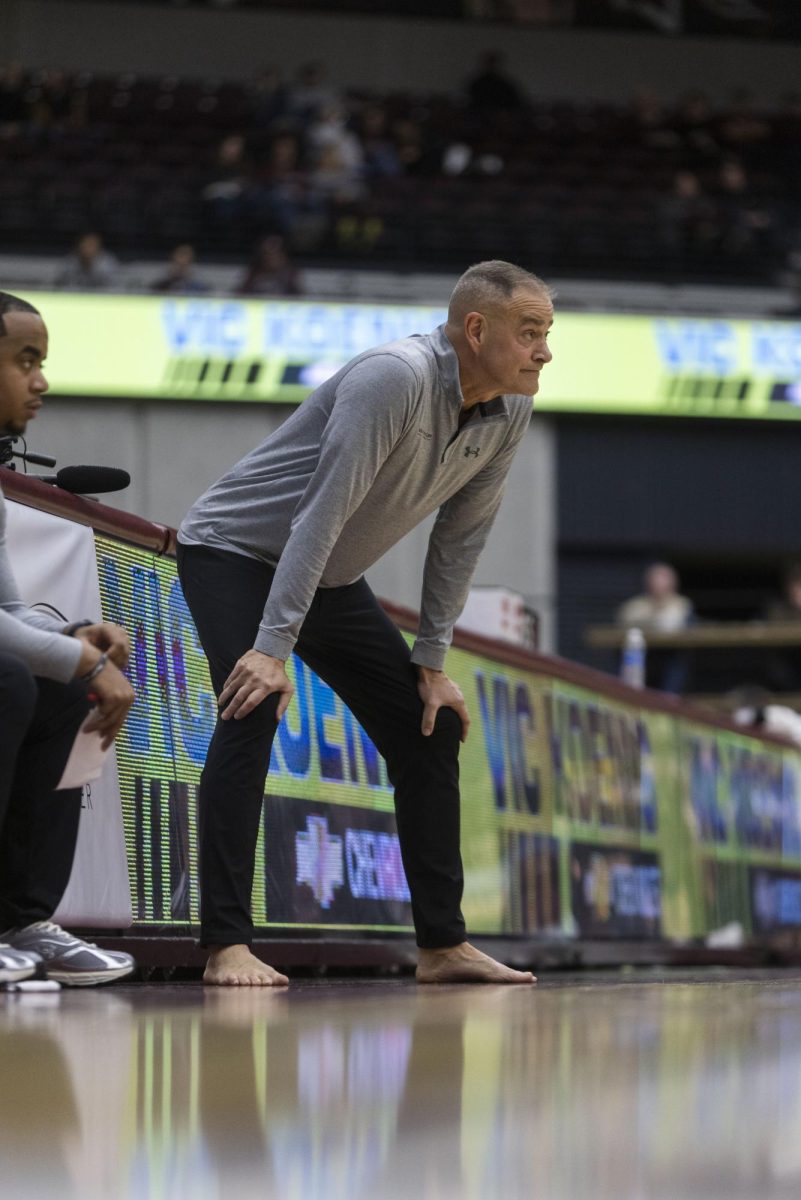Rauner to lawmakers: Work with me on my agenda or let me cut budget
February 18, 2016
Republican Gov. Bruce Rauner on Wednesday framed the state’s precarious financial situation as a choice for lawmakers this year: work with him on a long-term mix of budget cuts, tax hikes and his pro-business, union-weakening agenda — or steep cuts will have to be made.
“You choose,” Rauner said in his second budget speech at the Capitol. “But please, choose now.”
Should lawmakers continue to resist striking a thus-far-elusive compromise, the first-term governor said he would wield the budget ax himself if the General Assembly gives him special powers to do so.
Advertisement
Democrats who control the legislature quickly knocked down the offer, with veteran House Speaker Michael Madigan suggesting once again that the governor should “get reasonable.”
And while Rauner asserted that “this year cannot become a rerun of last year,” that’s the path Republicans and Democrats appear headed down this spring: a continuation of the stalemate that has left state government amassing billions of dollars in unpaid bills, social service agencies shuttering programs for the poor and some state universities pondering mass layoffs.
With all of the House and much of the Senate up for election, those in control of the Capitol are digging in, confident that voters will vindicate their approach this fall.
Until then, the state faces a $6.6 billion budget deficit. Under the proposed budget, Rauner assumes he’ll be able to find $2.7 billion in savings by reducing health benefits of state workers, reining in state payments for pensions and making agencies operate more efficiently. But Rauner would need help from lawmakers and a new contract with state workers to realize much of those savings. The governor also is hoping to avoid having to pay back $454 million that his administration borrowed from special funds last year to help get through the budget impasse.
That leaves a roughly $3.5 billion hole. Rauner didn’t spell out how he would bridge it. Instead, the administration presented two scenarios: one in which the state would have $32.8 billion to spend and another that would allow for a more generous $36.3 billion.
The Rauner administration said lawmakers could either give the governor the freedom to cut the $3.5 billion on his own or work with him to fill the hole with a combination of cuts and new tax revenue, alongside passage of his broader legislative agenda. That wish list, a big sticking point for Democrats for a year now, includes changes in how workers are compensated for on-the-job injuries, tighter rules on big-dollar lawsuits and limits on what unions can negotiate in collective bargaining.
Rauner said going solo on deep budget cuts is not his “preferred course of action” and wouldn’t solve the state’s long-term challenges, but that approach would allow Illinois “to stop digging the hole deeper.”
Advertisement*
“With my hand outstretched with a genuine desire to compromise, with respect, I humbly ask you to join me in transforming our state for the better,” Rauner said. “Turnarounds are about changing direction. From loss to growth. From decline to expansion. From deficit to surplus. For the economy. For jobs. For taxpayers. For our children. For our future.”
The governor’s Republican allies applauded him for what they see as a willingness to take the heat for fixing Illinois’ financial mess.
“The governor came out and said, ‘I am willing to work with you guys, I am willing to share in the difficult choices, but you can’t keep doing what didn’t work in the past, which is to keep raising taxes without reforming the underlying cost-drivers,'” said Sen. Matt Murphy, R-Palatine. “Either compromise, Democrats in the legislature, or get out of the way and let the governor lead.”
Democrats saw it differently, with Senate President John Cullerton likening the situation to “Groundhog Day.”
“I am disappointed in the proposal he made today because it’s not a clear path for how we should have a balanced budget for next year. It’s out of whack for the second year in a row,” Cullerton said.
Even without a full budget in place since the new spending year started July 1, state government has been operating at about 90 percent of its capacity because of court intervention and a number of laws that require certain expenses to be paid. Rauner also chose to sign a K-12 education funding bill that was part of a budget package Democrats sent him last year, a decision that allowed him to take credit for boosting spending on schools while avoiding school closings that could have resulted from the impasse.
In an apparent acknowledgment that the budget fight of the past year could extend for another, Rauner called on lawmakers to send him a stand-alone funding bill for early childhood education and primary and secondary schools, and he asked that they provide even more money than is currently being spent.
“No matter how this session unfolds, send that education bill to my desk — clean, no games — and I’ll sign it immediately,” Rauner said.
He called for an additional $75 million to help more kids enroll in preschool, as well as increasing per-pupil spending for elementary and high school students.
Known as the “foundation level,” Illinois is supposed to give school districts at least $6,119 for the education of each student. But the state has failed to meet that benchmark in recent years, leading state education officials to prorate those dollars through across-the-board cuts. The result: Affluent districts that already receive less in funding from the state face a comparatively smaller cut than poorer districts that rely more heavily on state dollars.
Rauner did not specify how he would pay for the increase in education spending, saying only that reaching the foundation level should be “a first step toward reforming our school funding formula.” Instead he took aim at Democratic efforts to overhaul how schools are funded, charging that plans floated in the Senate are nothing more than a “cynical strategy” that pits schools against one another.
“To achieve formula changes, we must increase state support for education so that no community has state funding taken away as part of reform,” Rauner said.
It’s a concept commonly known as being held harmless, as well-to-do districts don’t want to have their already small share cut as lawmakers search for ways to boost funding for poorer schools.
Rauner also took aim at Chicago Public Schools, saying it benefits from a “special deal” in which the district receives hundreds of millions more in funding from the state than districts with similar student demographics. His comments drew a sharp rebuke from CPS CEO Forrest Claypool, whose district has had to make cuts and borrow hundreds of millions of dollars at high interest rates to deal with a massive budget deficit spurred by teacher pension costs.
“When I listened to the governor, I was reminded of kind of a reversal of Scripture, because what he was saying was the first will remain first and the last shall remain last,” Claypool told reporters.
“Today he made it clear that he was going to do nothing to change the fundamental inequity in school funding throughout the state of Illinois. He proposed nothing additional or new for low-income children throughout the state. … The governor today did not disturb the status quo, he defended a system that is indefensible.”
While Rauner highlighted his desire to pump additional money into early childhood and primary and secondary education, left unmentioned in his remarks was his plan to slash higher education spending.
Under the governor’s latest budget blueprint, state universities would see funding cut by an average of 20 percent, down from last year’s proposed 30 percent trim. Rauner repeatedly has questioned spending at schools, contending administrators are paid too much and there isn’t enough emphasis on performance.
As such, his proposal would set aside money to reward schools that hit graduation rate targets and other goals. Roughly $10 million would be earmarked for community colleges, and another $50 million would be designated to beef up budgets at state universities that meet certain benchmarks.
Left unanswered is how to funnel money more immediately to colleges and universities, some of which say they are struggling to keep their doors open as higher education remains one of the few areas of government not to receive any operating dollars during the impasse. Democrats have sent Rauner a plan to free up more than $700 million for community colleges and scholarships for low-income students, but Rauner plans to veto the measure, saying there is no way to pay for it.
That prompted a protest by students from Chicago State University, which has declared a financial emergency and said it may not be able to meet payroll come March. As Rauner spoke, the faint chant of students yelling “Do your job!” and “Budget or else!” could be heard inside the ornate House chamber.
“We want to show we really care. It’s a three-hour trip from Chicago to Springfield, so for us to come here instead of be in class, it really shows the governor that we care about our education and that he needs to fund it,” said Paris Griffin, a senior. “But it’s been a long eight months, and it doesn’t seem like we’re being taken seriously.”
Elsewhere, Rauner would cut nearly $200 million for a program that provides in-home assistance for seniors who don’t qualify for Medicaid, shifting some seniors to what the administration says will be a cheaper option for care. The governor also wants to save $13 million by removing children under the state’s care from more expensive institutions to community-based care centers.
Meanwhile, Rauner wants to hire as many as 700 more corrections workers to cut down on costly overtime at prisons, as well as another 200 workers at the Illinois Department of Transportation, where budget officials say head count has dropped by as much as 500 workers since a federal judge appointed a hiring monitor in the wake of a patronage scandal.
While both sides agree in principle that closing the massive budget deficit will require a combination of tax hikes and spending cuts, the stalemate of the past eight months has shown that talk of urgency doesn’t always bring action. With the November election looming, some lawmakers said it was hard to see a resolution before next year.
“We’re dysfunctional. Our state is not operating as it should,” said Rep. Jack Franks, D-Marengo. “I could lie to you and tell you everything’s going to be fine, but honestly, I don’t see this being resolved until next January.”
___
(c)2016 the Chicago Tribune
Visit the Chicago Tribune at www.chicagotribune.com
Distributed by Tribune Content Agency, LLC.
Advertisement








